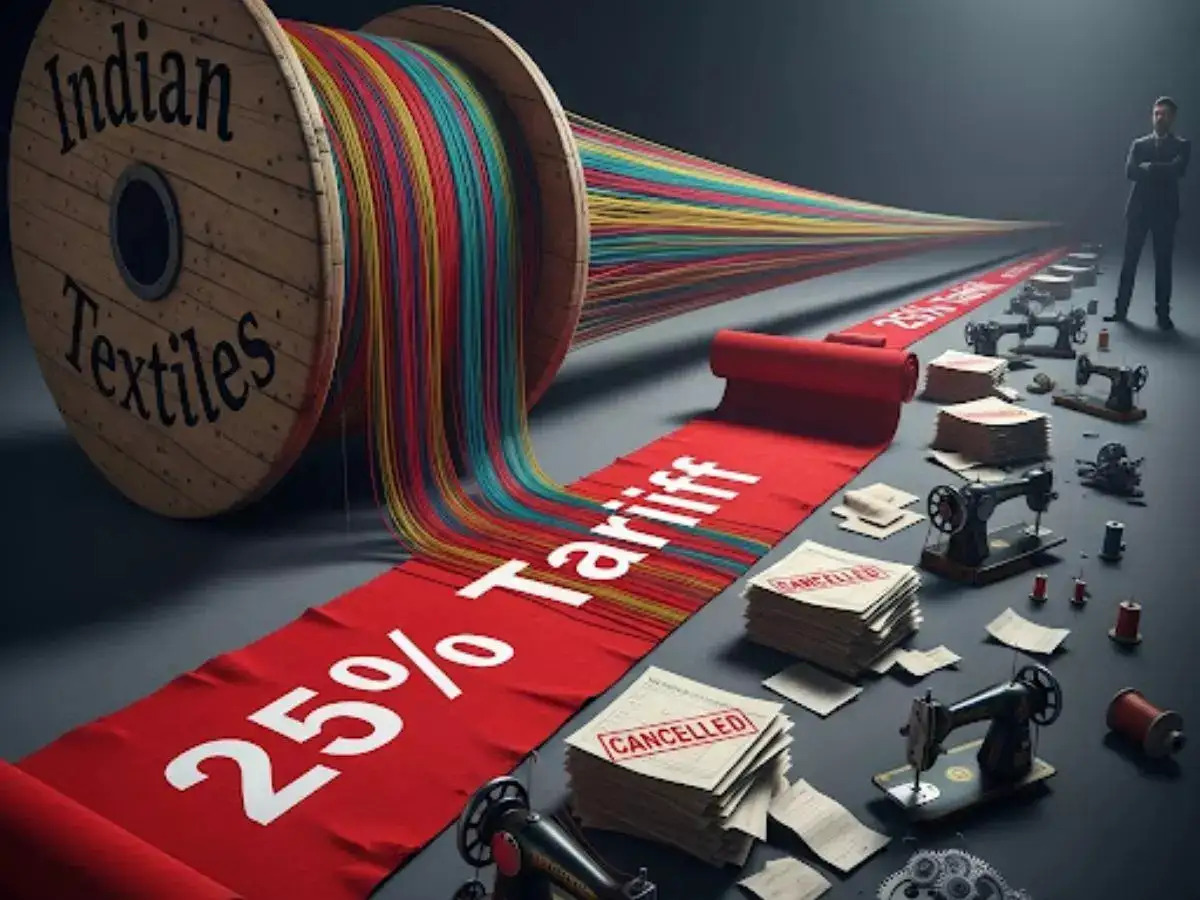A new analysis by Crisil Ratings indicates, the recent Goods and Services Tax (GST) changes will significantly impact India’s organized apparel retail sector this fiscal year. The tax rationalization is expected to add roughly 200 basis points (bps) to revenue growth, keeping the sector's expansion steady at 13–14 per cent for the second straight year. Crisil's study covered 40 organized apparel retailers, which account for nearly one-third of the sector's total revenue.
The government's GST revision created a dual effect. The uniform 5 per cent GST rate was extended to apparel priced up to Rs 2,500. This widening of the lab is set to spur demand in the price-sensitive fast-fashion and mid-premium categories, especially during the festive season.
Conversely, the GST rate on apparel priced above Rs 2,500 was increased from 12 per cent to 18 per cent. This hike impacts the premium category, which includes wedding wear, woolens, and embroidered clothing, and makes up about 35 per cent of organized sales.
Anuj Sethi, Senior Director, Crisil Ratings, notes, the timing of the rate cut - coinciding with the festive season - is expected to stimulate middle-class spending. This, combined with easing inflation and shorter fashion cycles, will give retailers a modest advantage in discretionary spending.
However, the higher GST on premium apparel could dampen demand, particularly for items priced in the Rs 2,500 to Rs 3,500 ($28 to $40) range, potentially causing some consumers to trade down. Poonam Upadhyay, Director, Crisil Ratings, suggests, retailers with a larger share of premium products may choose to absorb part of the GST hike to sustain festive and wedding season demand.
Retailers are expected to benefit from lower input costs, as the GST on cotton and synthetic fibers/yarn has been reduced to a uniform 5 per cent. Since raw materials constitute nearly two-thirds of production costs, the sector’s operating margin is projected to slightly improve from 14 per cent last year to 14 per cent–14.5 per cen this fiscal year.
Overall, the GST changes reflect shifting consumption patterns driven by a growing middle class and a preference for affordable, fashion-forward clothing, though any resurgence in inflation could pose a challenge.












